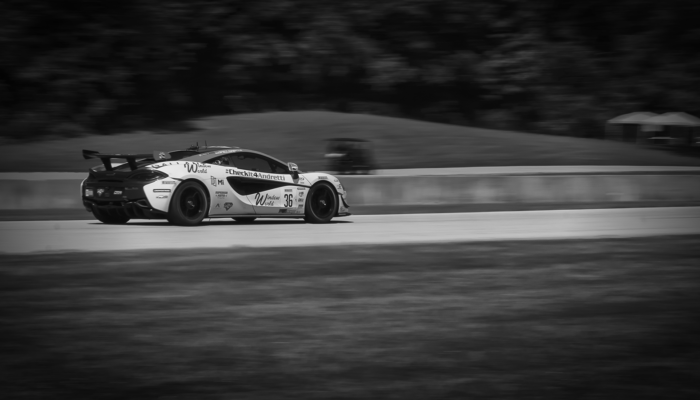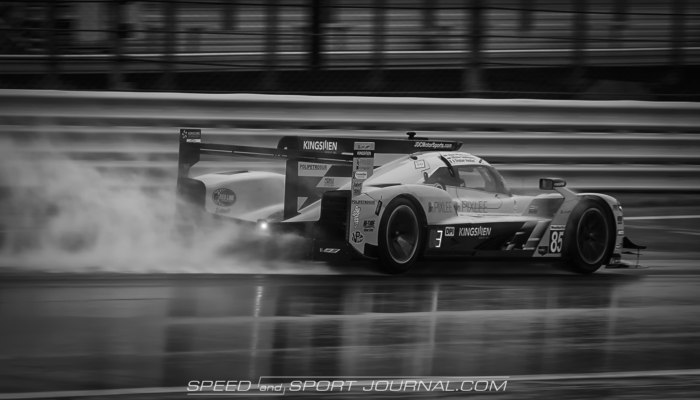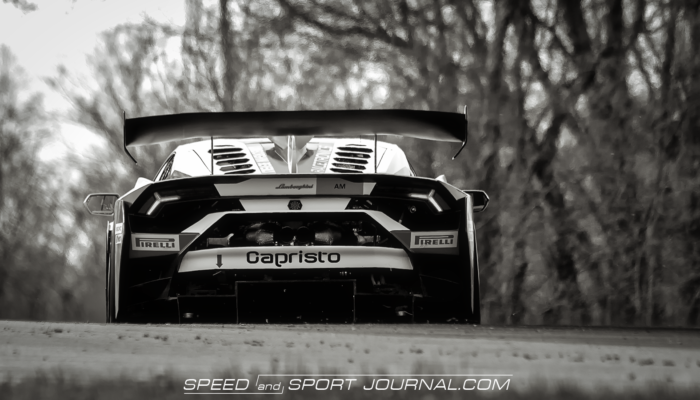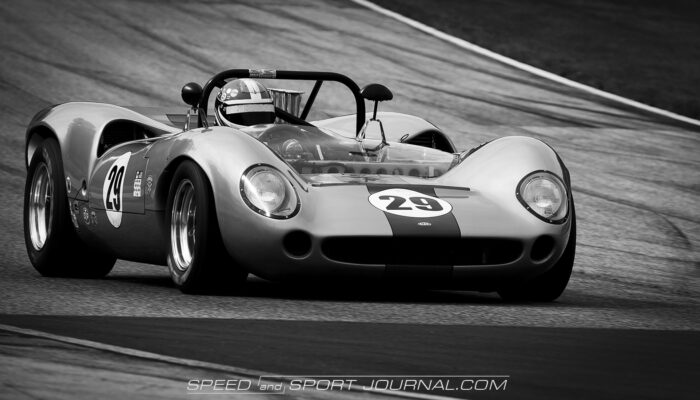Black and white photography in motor sports seems to have always been a matter of necessity more than choice. At the origins of auto racing it was pretty much all there was. Photography and racing are two technologies that grew up side by side. In later years as color film became more prevalent, and less expensive, it was only natural that many photographers would take advantage of it. But in being able to present it to the public at large there was yet another more important hurdle to overcome, printing.
To bring the news and action of racing to the interested masses required the ability to write the story as well as publish photos from the events. At the time auto racing began, it had not been that long since the ability to print photos in magazines and newspapers had been invented. Half toning, a process of using dots of ink of varying size and intensity to form a picture, had only been developed in the 1890s. This allowed publications to use actual photos instead of illustrations to present the news. When it came to sports, and auto racing in particular, the only other limiting factor of the day was the camera equipment available at the time.
Large box shaped cameras of the earliest days required a tripod, and a very brave soul willing to stand mere inches from speeding cars to capture the action. What we are able to do today (and from farther away) with our digital cameras, and 500mm lenses would probably seem like alchemy to someone from the 30s wielding a Graflex Speed Graphic with a fixed focal length lens.
In today’s world, black and white photography in motorsports is a very much overlooked tool of the trade. When you look at old racing publications of the 50s through the mid 80s you will notice that only the cover, and a few center pages are in color. This was mainly due to the printing cost as well keeping the publication’s need to keep the magazine at a reasonable price. So most of the ordinary shots were relegated to the black and white pages. Those thought to be the best were given the color pages.
Today we have the luxury of choosing the shots that are best suited to black and white. We have the ability to make exposure and lighting adjustments to enhance the image and mood we are trying to convey. What we can do in a few hours of post production on a computer, would have taken days with chemicals in a darkroom. Thus we get to use it more as an art form. While this was the intent of all photography at one point, the demands of the commercial world soon beat that out of us. While black and white in motor sports is largely overlooked, when it is used, it is often done with mediocre to abysmal results. Mostly because the photographer doesn’t take time to learn the tools they have at hand, and many don’t take time to determine whether the shot is well suited to to the medium. When done correctly, the results can be quite stunning. Tools such as levels, curves, dodging and burning can go a long way toward adding contrast, and breathing life into what may otherwise be a flat image.
Landscape and portrait photographers were among the first to fully understand the power of black and white photography. Color film became available in 1904, yet many chose to stay with black and white. Looking at the work of Ansel Adams, Walker Evans and Gordon Parks and trying to imagine them in color yields disappointing results. I’m sure they understood that the very essence of photography was the difference between light and shadow, and color could not adequately portray this.
So what’s a photographer to do? My solution is to make a cup of coffee, find a comfortable place to sit, and re-read one of my books on the basics of photography. Not digital, or film, just photographic technique. This normally resets my brain, and makes me think a bit more before I shoot.
Joel




